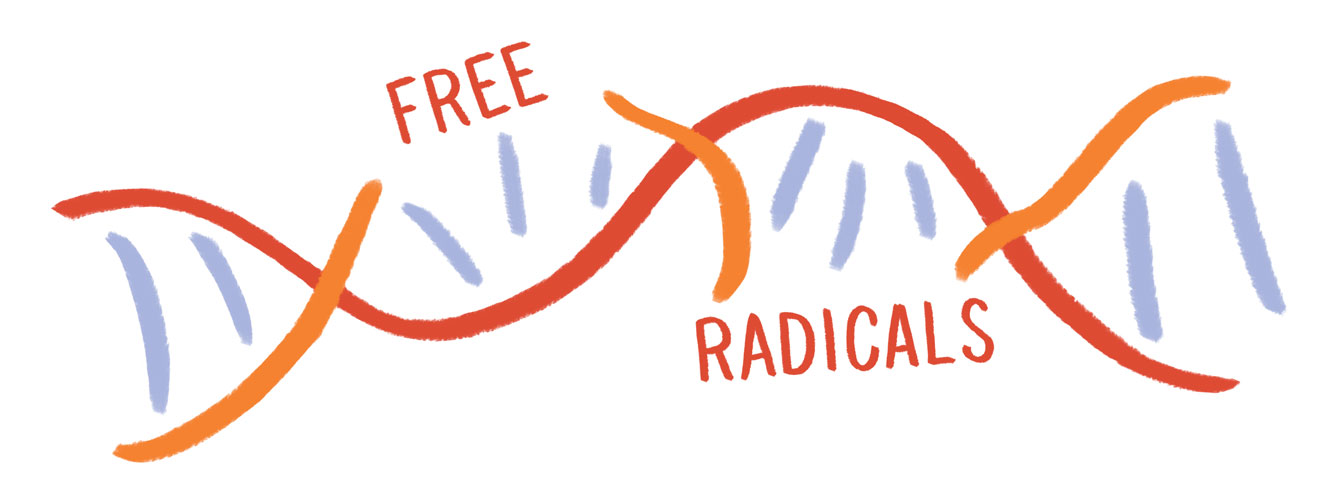
Three observatories atop Mauna Kea. Photo credit: Public Domain.
What factors should be considered when choosing the location for one of the world’s strongest telescopes?
Native Hawaiian organizers are fighting the construction of the Thirty Meter Telescope (TMT) on the slopes of Mauna Kea. Astronomers chose Mauna Kea, a dormant volcano on the Big Island of Hawaii, as their top choice for the TMT because it is a prime spot for celestial observation. The TMT, along with two other ‘Extremely Large Telescopes (ELT) in the southern hemisphere, are advertised as tools that will mark a new age of astronomy.
But, building telescopes on Mauna Kea is part of the history of neocolonialism in Hawaii. In 1893, a group of European businessmen staged a coup with the support of US marines to overthrow the Hawaiian monarchy. America proceeded to annex Hawaii in 1895 which set the stage for regular misuse of Hawaiian lands. This includes US military bases, resorts for tourism, and destruction of farmlands. It continues even now as outsiders try to claim a piece of paradise on the islands, making it harder for locals to afford to live there (see Mark Zuckerberg). Since 1968, scientists have constructed 13 telescopes on Mauna Kea under shady land permitting by the state and amidst local opposition.
Long before Western scientists set their sights on the mountain, Mauna Kea served (and still serves) as the location for shrines, temples, and burial grounds for Native Hawaiians. It is a deeply spiritual place and a center of astronomical, navigational, and meteorological knowledge. Building the TMT there would destroy and desecrate these sites. It would further industrialize the mountain and have an adverse impact on the surrounding environment. Additionally, there are illegalities with the telescope’s land permitting and ongoing construction. Simply put, the TMT should not be built on Mauna Kea.
There is more to science than simply potential for scientific advancement or prospects of winning Nobel Prizes. Historical, cultural, and political contexts shape the way science is done and who it affects for better or for worse. Scientists must get ahead of the curve when it comes to the social impact of their science to create a science that is more equitable. As Kealoha Pisciotta, Mauna Kea Hui member and former telescope operator, said, “We are not opposed to science, but we are opposed to science trumping everything.”




